1950
The World Federation for the Protection of Animals (WFPA) was founded to focus on lobbying governments in Europe and Africa to improve animal welfare.

Together, we’ve made huge strides in our mission to protect animals.
Thanks to our amazing supporters, we’ve woken the world up to the cruelty and suffering that billions of animals endure.
We became World Animal Protection in June 2014. While our name changed, our determination to protect animals remains the same.
Just like our supporters worldwide, we know change for the better is always possible.
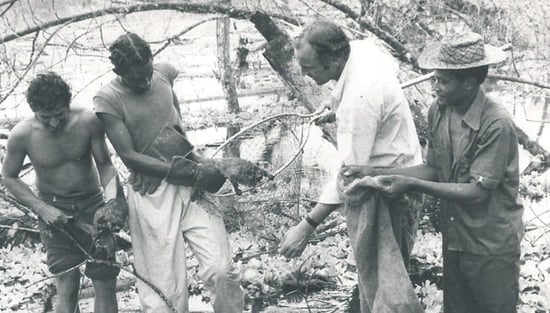
The World Federation for the Protection of Animals (WFPA) was founded to focus on lobbying governments in Europe and Africa to improve animal welfare.
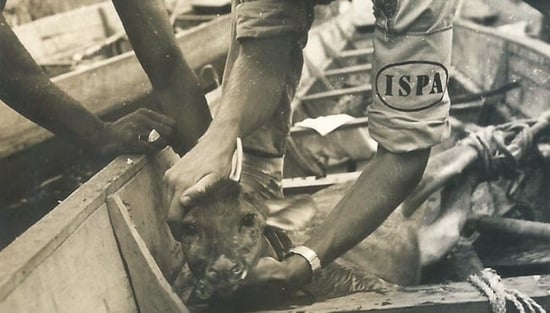
10,000 animals were rescued from floodwaters in Suriname, laying the foundations of our disaster response work around the world.

The merger of ISPA and WFPA was completed, and the World Society for the Protection of Animals (WSPA) was born.
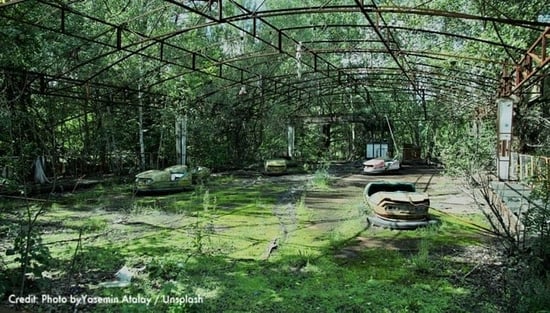
When a nuclear reactor exploded at the Chernobyl power station in Ukraine, you helped feed and relocated 900 animals including cows, horses and sheep to safety in Poland.
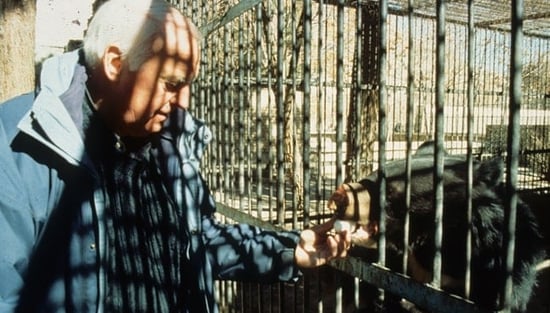
During the war in Afghanistan, our team travelled to Kabul, providing urgent medical treatment to 3,000 animals including Donatella, a black bear whose nose has been slashed by a Taliban soldier.
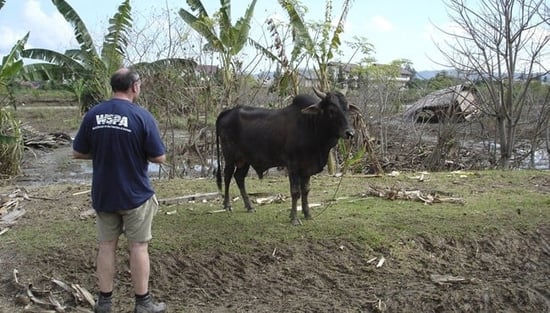
Following the 2004 Indian Ocean Earthquake and Tsunami on Boxing Day, 117,548 animals were helped thanks to you. And urgent vet care and mobile vet clinics were deployed in India, Indonesia, Sri Lanka, and Thailand.
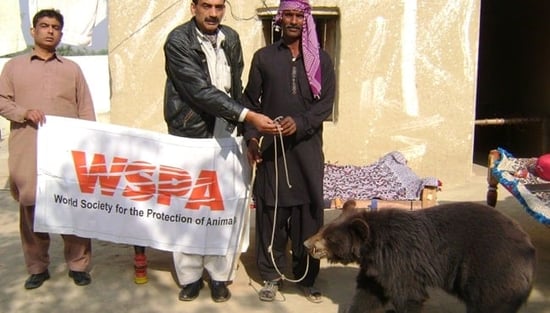
You helped our local partner the Bioresource Research Centre to establish the Balkasar Sanctuary in Pakistan. The sanctuary provides a safe home for 70+ bears rescued from ‘bear baiting’ and ‘bear dancing’.
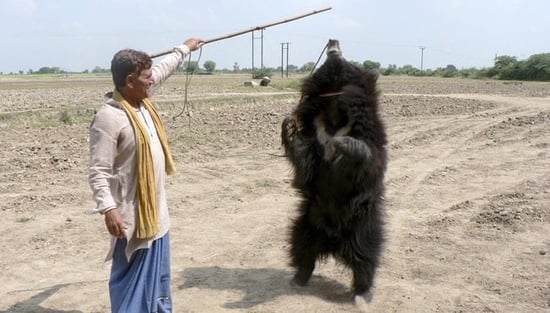
Together with the Indian government and our partner the Wildlife Trust of India you celebrated the end of bear dancing in India where we had worked with to eradicate this cruel entertainment.

Our name changes to World Animal Protection, to clearly and simply demonstrate our purpose, mission and what we stand for.
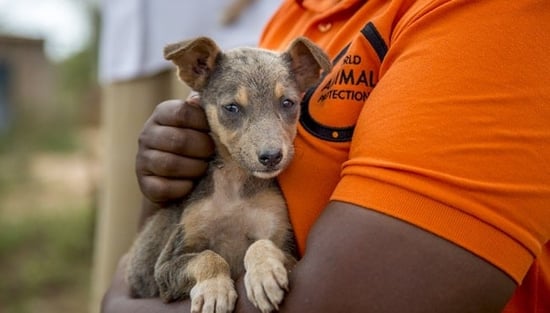
You provided our 1 millionth rabies vaccination - with dogs protected from cruel and unnecessary culling in China, Kenya, Sierra Leone, Bangladesh, the Philippines and Indonesia.

With help of leading travel companies, ChangChill – formerly an elephant riding camp in Thailand –became elephant-friendly. By ending direct visitor interaction with its six elephants, they transformed their lives.
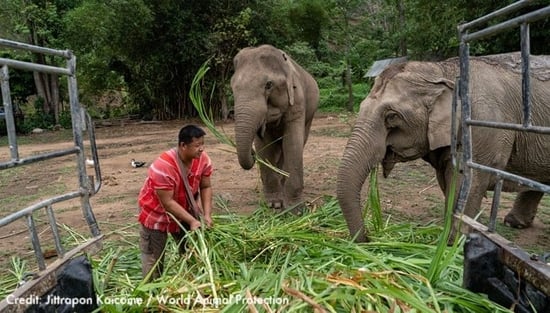
You helped save 12 observation-only, high welfare elephant venues and sanctuaries in Asia and provided vet care when tourism related income stopped because of the COVID-19 pandemic.
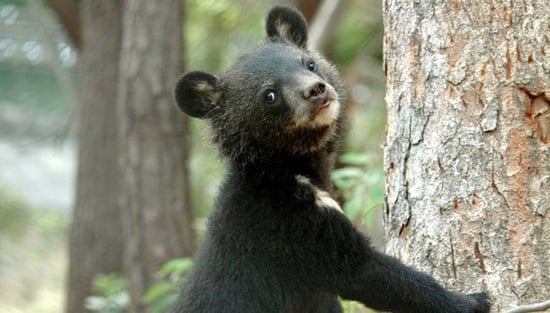
After working hard in partnership with Green Korea United to end this cruel industry since 2003, the South Korean government finally announced an end to bear bile farming.
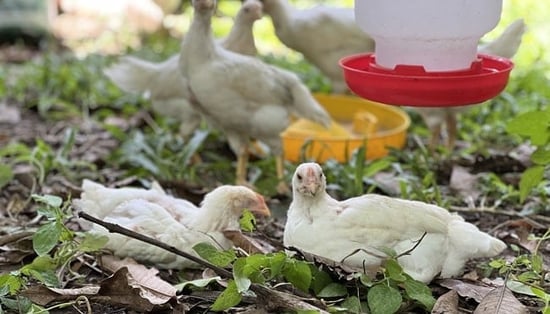
1.37 million animals including chickens and prawns in Southeast Asia were farmed more humanely and lived better lives thanks to partnering with local organisations dedicated to improving farmed animal welfare.
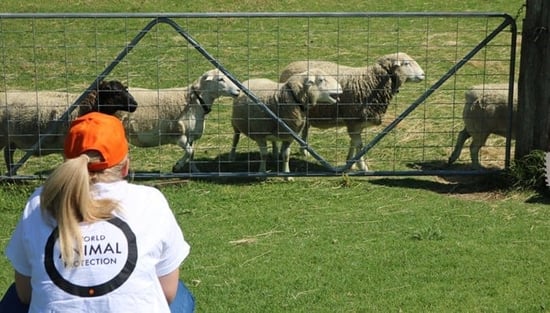
Thousands of Australian sheep will no longer suffer in the barbaric live export trade from May 1st, 2028, as the Australian Parliament passed the historic Bill to end live sheep exports by sea.

We’ve always moved wherever the need for animal protection is greatest – from treating more than 70,000 animals following the Haiti earthquake in 2010, to ending bear dancing across India in 2012, to investigating animal trafficking in El Salvador. And as we’ve grown, we’ve focused on protecting more animals in more places.
Today, we have offices in 12 countries across Africa, Asia, Europe, Latin America and North America.
Learn about some of the achievements we've made for animals in disasters, wildlife, community animals, and farm animals.
Ever since ‘Operation Gwamba’ in 1964, when we rescued 10,000 animals from floodwaters in Suriname, South America we’ve protected millions of animals in disasters.
We’ve responded to earthquakes, tsunamis, typhoons, tornados, volcano eruptions, cyclones and shipwrecks. We’ve saved animals in conflicts from Bosnia to Rwanda and Afghanistan.
We’ve campaigned for lasting change for decades. Launched in 1985, our campaign against bullfighting moved almost 50 cities in France and Spain to ban bullfighting.
In the same decade, India banned the trade in frogs’ legs after six years of WSPA campaigning – saving more than 30 million frogs annually. And in the 1990s, our Libearty campaign helped to outlaw bear dancing in Greece, Turkey and most of India. Today, we keep fighting for a better future for animals – add your voice to help protect animals.
Around the world, wild animals are being exploited. They’re hunted down, trapped and farmed in captivity, all to be sold and abused for entertainment, medicine, fashion, pets and products.
Every day, pigs, cows and chickens are crammed in together in unhealthy conditions, subjected to horrific cruelty and then slaughtered.